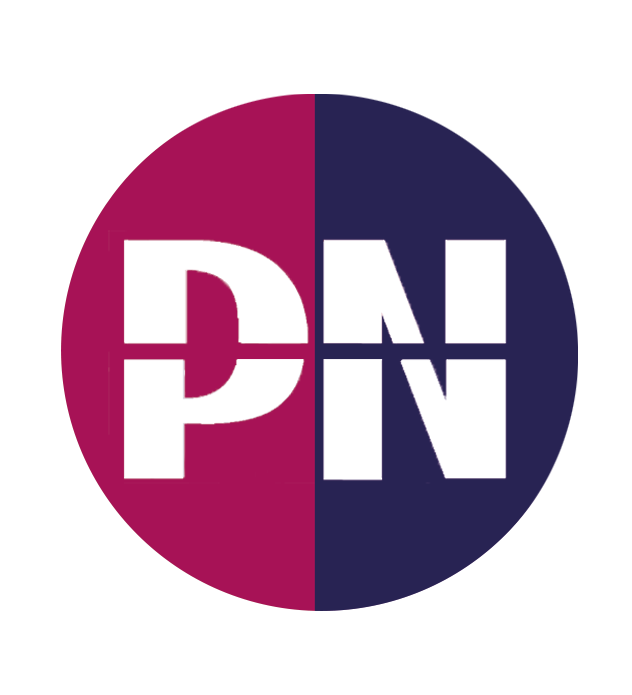A Brief History of How Sign Language Evolved
Sign language, like spoken language, has evolved and changed over time. Popular linguistic theorist William Labov states that war, technological change, and migration are catalysts for language change, a theory that could also apply to how non-spoken languages change.
Sign language has changed significantly throughout the centuries, with each period having a different vocabulary, grammar, and cultural influence.
A comprehensive blog about the history of sign language would contain pages and pages of information, so for now, we will look at the key figures and events that contributed towards the history of European sign language.
“Sign by moving our hands.”
Historians have found references to communication using hand gestures dating as far back as 5th century BC Greece. The ancient philosopher Plato mentioned a variation of sign language in his dialogue, Cratylus, where Socrates stated, “If we hadn’t a voice or a tongue, and wanted to express things to one another, wouldn’t we try to make signs by moving our hands, head, and the rest of our body, just as dumb people do at present?” It’s important to note that the term “dumb” was used in a different context in that period, referring to people who were unable to speak, hence the derogatory term “Deaf and Dumb.”

A Commitment to Silence
There seems to be a significant gap in the recorded history of sign language up until the 17th century. At that time, the monk Pedro Ponce de León established a school for the children of wealthy families, where he taught deaf children to speak audibly using writing and simple gestures. Ponce de León is also credited with developing a manual alphabet, presumably to help communicate with other monks who had taken a vow of silence.
His work challenged the prevailing belief that deaf individuals were incapable of education and helped to raise awareness about the deaf community. However, he didn’t develop a working sign language.
The Art of Teaching Speech to the Mute
Let’s stay in Spain, where the next recorded documentation of sign language was by Juan Pablo Bonet, a Spanish priest who also helped pioneer education for the deaf. In 1620, Juan published the first book on deaf education, Reducción de las letras y arte para enseñar a hablar a los mudos (Summary of the Letters and the Art of Teaching Speech to the Mute). It is considered to be the first book on phonetics (how humans perceive and pronounce sound) and depicts the first documented manual alphabet. Four hundred years later, Juan’s work has massively contributed to the influence of sign language across Europe.
Father of The Deaf
A common story retold throughout the history of sign language claims that L’Epee, a French priest, encountered two deaf sisters by chance when visiting a poverty-stricken area of Paris. Their mother wanted him to educate her daughters in religion. After discovering their deafness, he wanted to educate the sisters. Soon after, he completely dedicated his life to educating the deaf. He opened a total of 21 schools dedicated to teaching deaf students.

The Milan Conference – 1880
This was the second International Congress on Education for the Deaf. It declared that oral education was superior to manual education and ended up banning the use of sign language in schools. After its passage in 1880, schools in European countries and the United States switched to using speech therapy without sign language as a method of education for the deaf. As a result, deaf teachers lost their jobs, and there was an overall decline in deaf professionals, such as writers, artists, and lawyers.
Trends Towards Inclusivity After the Milan Conference
There wasn’t a single moment when the majority of European countries undid the effects of the Milan Conference. Instead, it has been an ongoing process of gradual change and evolving attitudes towards sign language and the deaf community. This was supported by the Deaf Olympics, which contributed towards the formation of “International Sign Language.”
Conclusion
Since then, many European countries have made strides towards making sign language part of their country, thanks to the European Parliament urging member states to support sign language use and development in 1988. Now, sign language is recognised across multiple European countries. Here are a few:
1995 – Finland
1998 – Czech Republic
2003 – British Sign Language (BSL was recognised as a language in its own right in 2003 and legally as an official language in 2022)
2004 – Iceland
2005 – Austria
2006 – Cyprus
2007 – Spain
2009 – North Macedonia
2009 – Hungary
2009 – Bosnia and Herzegovina
2011 – Iceland
2014 – Denmark
2016 – Malta
2017 – Ireland
2021 – Italy
If you require d/Deaf training, learn more about our inclusive service here.






